From Nonprofit Origins to Profitable Ambitions
In March of this year, GPT-4 was released and a major investment from a leading tech partner flowed in. On social media, one influential tech figure expressed confusion over how a nonprofit donation of one hundred million dollars could help transform an organization into a company with a market valuation of 30 billion dollars.
Now, the organization’s valuation is approaching 90 billion dollars. However, today’s internal conflict proves that profit is still not its sole priority.
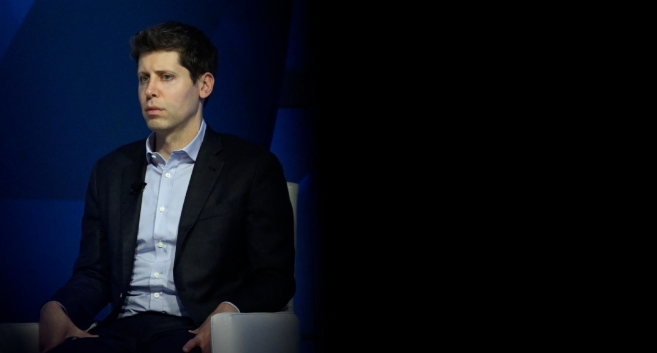
A Shocking Shakeup
Leadership Changes Rock the Organization
On Friday (local time), the board announced the removal of the chief executive officer, citing that inconsistent communication with the board had hindered its ability to perform its duties. The board stated that it no longer had confidence in the CEO’s ability to lead the company. At the same time, the board ousted the president and chairman from their positions. In a social media post, that former executive expressed shock and sadness at the board’s actions.
The day’s announcement sent shockwaves through the market. The stock price of the organization’s largest partner fell by more than 2%, slashing its market capitalization significantly.
The person who led this upheaval is the chief scientist of the organization and the only current operating executive on the board. Known as the technical mastermind behind breakthroughs from early image recognition models to recent revolutionary AI systems, this individual is also credited as one of the authors of a groundbreaking AI research paper.
A company-wide meeting later that day featured an employee asking if the events amounted to a coup. The chief scientist replied that one could call it that, but it was simply the board fulfilling its responsibilities.
From the very beginning of the announcement, the board emphasized the organization’s nonprofit status as defined under U.S. law. At the conclusion of the statement, it reiterated its commitment to its core mission of ensuring that general artificial intelligence benefits all of humanity. The board affirmed that advancing the mission and upholding its charter remain its fundamental governance responsibilities.
From Pure Research to AI Superstar
A Return to Foundational Values
Founded eight years ago, the organization transformed from a research institute with no profit motive into the hottest AI startup in the world. Today, it has dramatically shifted back toward its original direction.
After the astonishing success of its flagship AI product, a developer event held in November showcased the latest version of the AI model along with a grand strategic vision. In less than two weeks, the situation mirrored a dramatic turnaround reminiscent of past tech legends—after unveiling important products, the founder was suddenly removed from the company he helped build.
All evidence points to a sudden and unexpected move. The night before the removal, the CEO had attended an event in California, assuring that the organization would work alongside creative professionals to ensure that none would be replaced by AI. Just one day earlier, the CEO represented the organization at a major technology conference, sharing an awkward moment with a top executive of its primary investment partner.
In today’s high-valuation tech companies, such internal conflicts are nearly unheard of. Typically, dual-class share structures empower founders to have disproportionate voting power over external investors. Moreover, external investors on the board tend to respect the founding team or even align with them for the long-term interest of the company.
However, this organization has a unique structure. In 2019, when forming its for-profit arm, control was given to the board of the nonprofit parent. According to the established terms, in any vote involving potential conflicts between the for-profit and the nonprofit entities, only board members who do not hold shares in the for-profit arm have voting rights. The removed CEO did not directly hold shares, but his association with another venture through investment led to a loss of voting rights.
At the time of the incident, the board comprised six members: three were current executives of the organization and three were independent directors who held no shares, thus possessing full voting rights. Notably, even a major investor with more than 10 billion dollars invested in the organization did not secure a board seat.
The board chairman later admitted publicly that he had been unaware of the decision until notified by the chief scientist. This suggests that at most four board members cast the votes to remove the CEO. It was a surprise move, and even those who remain are now working to figure out what exactly happened.

The Genesis of a Unique Governance Model
Balancing Ambition and Foundational Vision
Originally, the organization was established with a grand vision: to develop general artificial intelligence that benefits all people and to counteract potential monopolies by big companies through open access. Early on, the CEO played a crucial role in pushing for the creation of a for-profit arm and attracting significant investment from a major tech partner—thereby aligning with big companies.
To preserve its initial vision, the organization instituted balancing measures designed to check the for-profit management. These mechanisms helped retain early talent driven purely by a nonprofit mission.
Over time, however, commercial success led to growing internal conflicts, as several board members became involved in the AI field, leading to clashes over priorities. In some cases, those who disagreed with the founder’s approach ended up leaving the board, and a new competing venture was launched by a former member, supported by commitments from other major companies.
The rapid growth could not suppress all issues. The founder, who frequently voiced concerns about AI’s potential risks to humanity, also believed that capitalism and growth were essential solutions. In an early article, he stated that a thriving society is necessary for true democracy.
After taking over leadership, the CEO repeatedly emphasized that the organization remained dedicated to achieving general AI, but the substantial capital needed—measured in tens of billions—demanded commercial success. This need for enormous funding led to the formation of the for-profit arm in 2019 and the subsequent injection of funds from a major partner, paving the way for extensive commercial applications.
Numerous checks were implemented, including clauses in investment agreements that mandated a reset of all arrangements if general AI were to be achieved. Nonetheless, these adjustments eventually prompted several early employees to leave, with some forming a new venture backed by major companies to challenge the organization.
Amid rapid revenue growth—from 30 million dollars to 1.3 billion dollars in a year—the organization has also become more secretive, no longer sharing technical details publicly as it braces for fierce commercial competition. When internal concerns regarding the safety risks of runaway artificial intelligence emerged, the CEO focused on developing the next generation of AI to maintain a competitive edge.
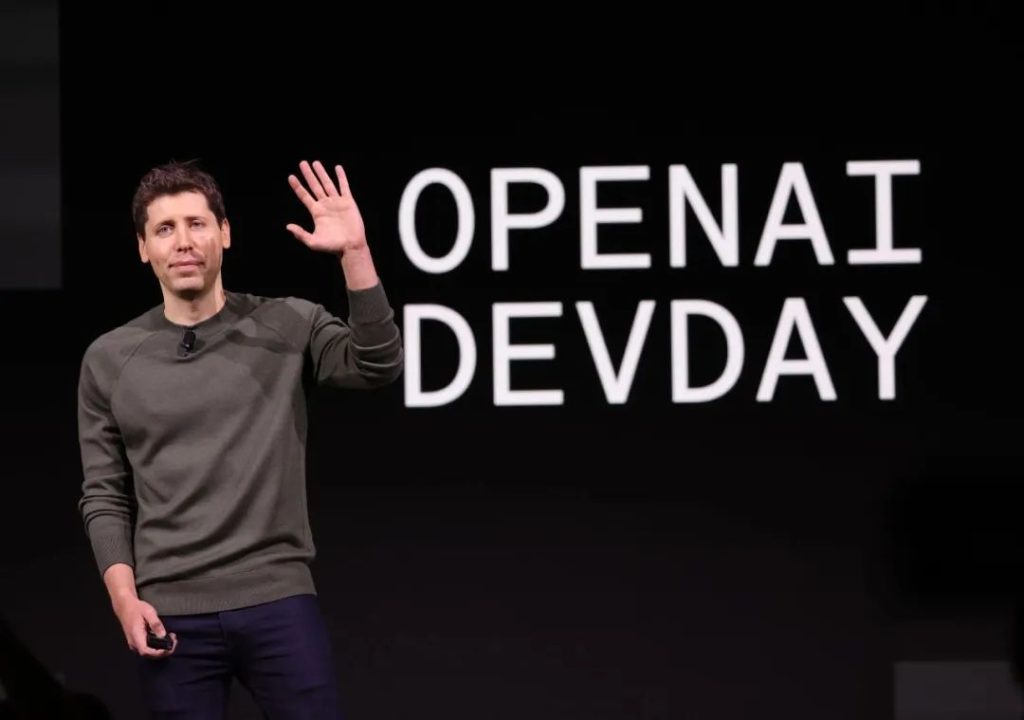
The chief scientist, on the other hand, maintained a contrasting stance. In a recent interview, he stated that his priority is not to develop the next version of the AI model but to research ways to prevent superintelligent AI from spiraling out of control—returning to the original purpose of the organization.
He recalled a past discussion, noting that if intelligence is prized above all other human qualities, it may lead to dire consequences. Now, he believes that the possibility of superintelligence is shifting from a distant dream to an imminent reality.
Using alignment techniques (training models with human feedback to follow human values) remains the current method to control AI, but he feels it is not sufficient. In July, he spearheaded a project called Super Alignment, committing one-fifth of the organization’s computing resources over the next four years to mitigate the threat of superintelligence. He explained that while success is not guaranteed, concentrated effort and collaboration should eventually overcome the challenge.
During a recent developer event, grand new commercial strategies, including the unveiling of an AI marketplace platform, further intensified the disagreements between him and the former CEO. Reports indicate that these internal debates regarding the safety of current AI development methods had been ongoing for some time.
Following the CEO’s removal, the board appointed the chief technology officer as temporary CEO. Having joined the organization in 2018 and serving as a core leader behind its flagship product, this executive previously worked in technology companies known for innovative designs and development efforts. In an internal memo, the temporary CEO communicated three key priorities moving forward: accelerate current research programs; intensify safety efforts, with a focus on predicting and mitigating risks; and share technology with the world in a way that benefits everyone. Reports state that three senior researchers have resigned since the departure of the CEO and chairman, and the board is now searching for a full-time CEO.
Despite the upheaval, cooperation with the major tech partner continues. In a company-wide meeting, the temporary CEO reassured employees that top management from that partner had expressed unwavering confidence in the organization’s future. A leading executive from that partner later affirmed that a long-term agreement had been signed and that collaboration would continue.
The removed CEO later commented on social media that the day’s experience was surreal, akin to reading one’s own obituary while still alive. Some industry insiders speculate that legal measures may be undertaken to reclaim control of the organization. Even if not pursued, this serial entrepreneur—who previously helped countless startups achieve success—could undoubtedly raise sufficient funds overnight to launch another AI venture.
The chief scientist has maintained silence publicly, with his latest public comment dating back to early October, emphasizing that overvaluing intelligence above all else could lead to a difficult life.
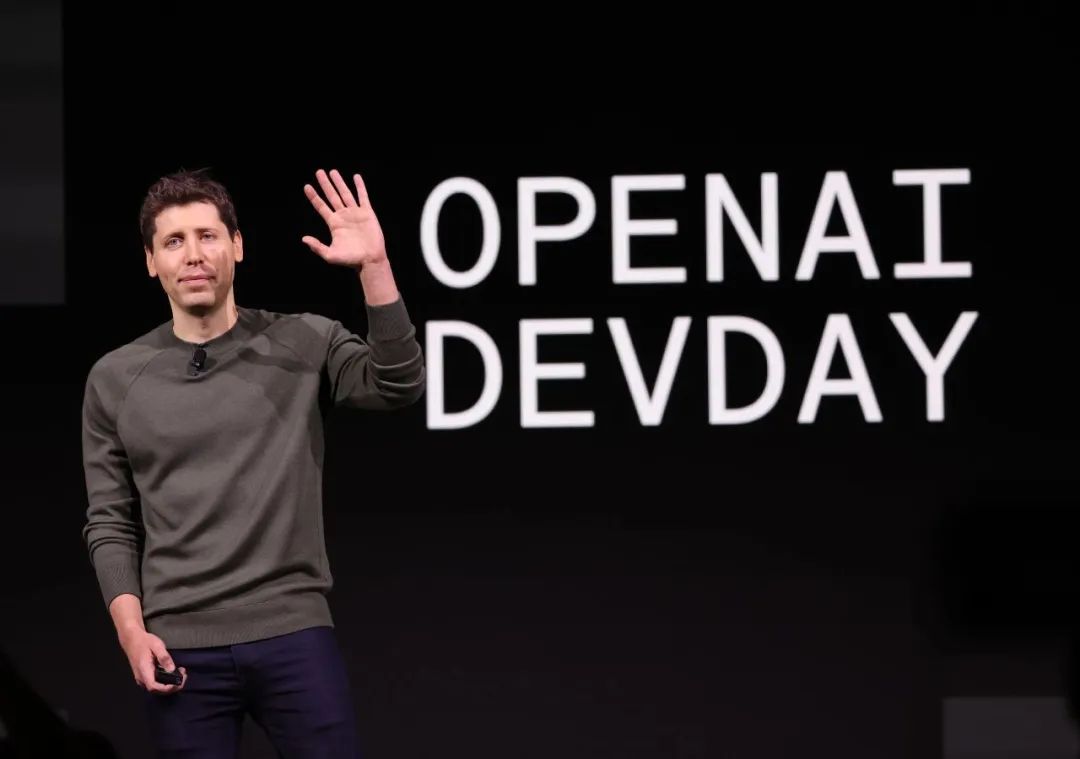
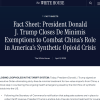




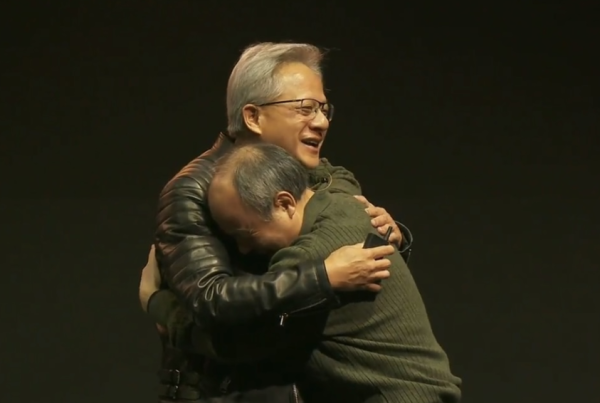

Incredible to see how an organization originally built on nonprofit ideals is now caught between profit and its founding principles.
The whole situation is a reminder that in high-stakes tech, even visionary leaders can be vulnerable to dramatic boardroom shakeups.
The separation of the nonprofit and for-profit arms, intended to protect the original mission, now appears to be a double-edged sword.
The removal of the CEO after such a high-profile product launch makes you question the stability of even the most innovative companies.
The focus on shifting resources from external markets to address internal safety concerns strikes as both strategic and timely.
The unique governance structure created to protect the original vision has now led to some unexpected outcomes.
The fact that key board decisions were made by a small group of non-shareholding directors raises questions about corporate democracy.
The way the board reasserted control over the company shows that sometimes founders can be overthrown by their own creations.
Unbelievable board maneuvering on a tech company with a massive valuation—it makes you wonder what really drives these decisions.
The tension between the drive for massive capital influx and the need for safety in AI development is palpable.
It’s fascinating how a sudden leadership change can shake up a company valued in the tens of billions.
This internal drama reflects a deeper conflict between rapid commercial growth and the original mission to benefit humanity.